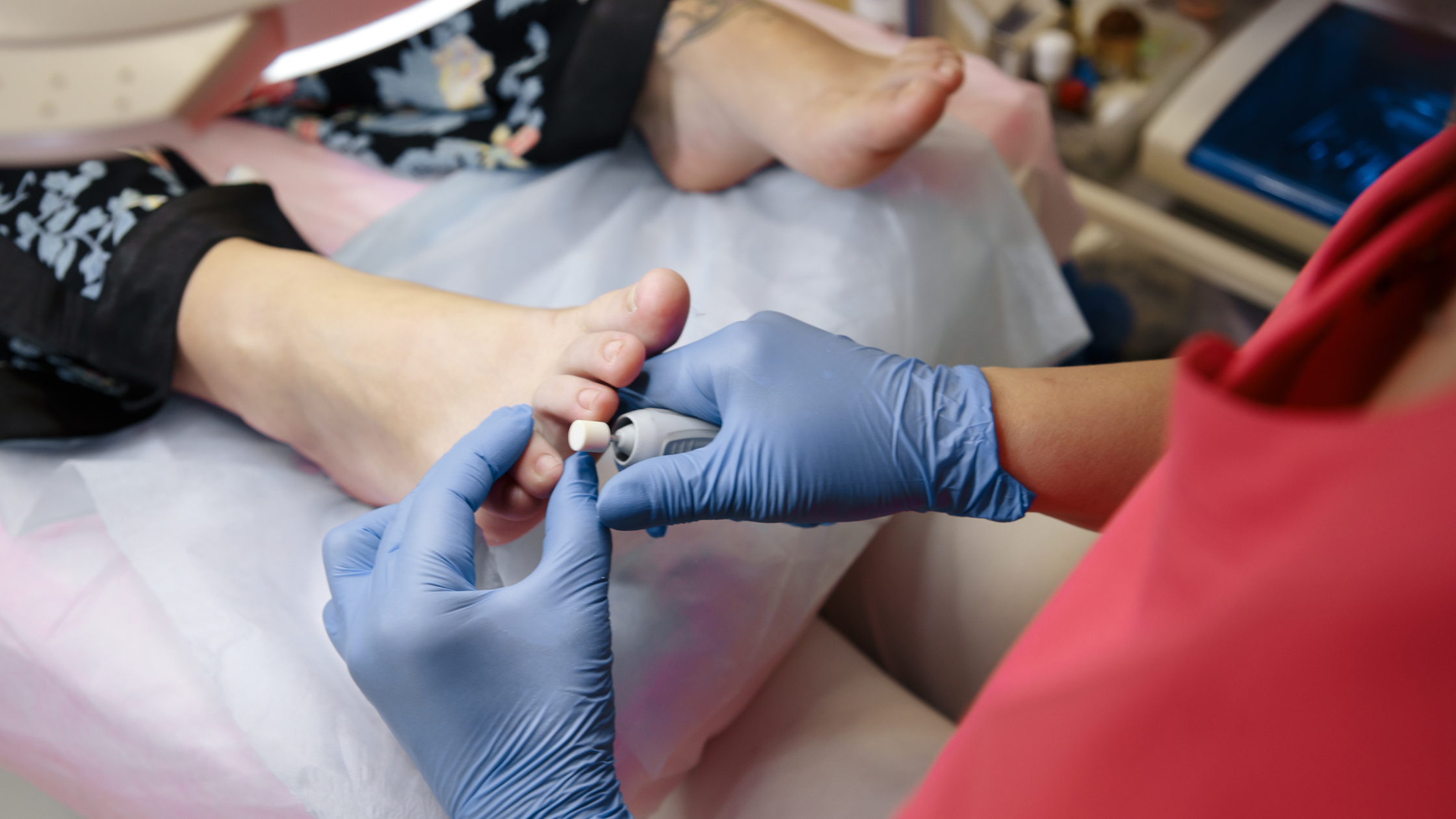If you’re grappling with persistent foot pain, swelling, or finding it challenging to walk comfortably, it might be the right moment to consult a podiatrist. Issues like ingrown toenails, fungal infections, or injuries from sports activities are solid grounds for seeking professional assistance.
In this regard, alignhc.com.au, a reputable podiatry clinic, stands out as a noteworthy option. A podiatrist can offer a precise diagnosis and suggest effective treatment strategies to alleviate your discomfort and enhance your mobility. Ignoring these symptoms could exacerbate the problem, so take proactive steps to care for your feet and regain your mobility with the expert assistance.
Key Takeaways
- Schedule an appointment with a podiatrist if experiencing persistent foot pain.
- Swelling and inflammation in the feet should prompt a visit to a podiatrist.
- Difficulty walking or standing should be assessed by a podiatrist.
- Ingrown toenails, fungal infections, and sports/exercise-related injuries require the expertise of a podiatrist.
Persistent Foot Pain

If you’re experiencing persistent foot pain, it’s important to schedule an appointment with a podiatrist.
Two common causes of persistent foot pain are plantar fasciitis and stress fractures.
Plantar fasciitis occurs when the thick band of tissue that connects your heel to your toes becomes inflamed. This can result in sharp pain in the bottom of your foot, especially in the morning or after periods of rest.
Stress fractures, on the other hand, are tiny cracks in the bones of your foot caused by repetitive stress or overuse.
If you have persistent foot pain that doesn’t improve with rest or home remedies, it’s essential to see a podiatrist for a proper diagnosis and treatment plan.
They can provide you with the necessary guidance and interventions to alleviate your pain and prevent further complications.
Swelling and Inflammation
If you’re experiencing persistent foot pain, you should also be aware of any swelling and inflammation that may accompany it. Swelling and inflammation are common symptoms associated with various foot conditions, including heel pain and plantar fasciitis.
When the plantar fascia, a thick band of tissue that supports the arch of the foot, becomes irritated or inflamed, it can lead to heel pain. This pain is often worse in the morning or after prolonged periods of rest.
Swelling and inflammation can also occur as a result of injury or overuse. If you notice any swelling or inflammation in your feet, it’s important to seek medical attention from a podiatrist. They can diagnose the underlying cause and recommend appropriate treatment to alleviate your symptoms.
Difficulty Walking or Standing
When experiencing persistent foot pain accompanied by swelling and inflammation, you may also encounter difficulty walking or standing. This difficulty can be caused by various factors, including balance issues and nerve damage.
Balance issues can arise from conditions such as arthritis, plantar fasciitis, or injuries that affect the stability of your feet.
Nerve damage, on the other hand, can result from conditions like peripheral neuropathy, which can cause numbness, tingling, and weakness in your feet.
These conditions can significantly impact your ability to walk or stand without discomfort or pain.
If you’re experiencing difficulty walking or standing, it’s important to consult with a podiatrist who can assess your condition, provide a proper diagnosis, and recommend appropriate treatment options to help improve your mobility and alleviate your symptoms.
Ingrown Toenails or Fungal Infections
Persistent foot pain accompanied by swelling and inflammation, as well as difficulty walking or standing, may also be indicators of ingrown toenails or fungal infections.
Ingrown toenails occur when the edge of the nail grows into the surrounding skin, causing pain and discomfort. On the other hand, fungal infections can result from the overgrowth of fungi on or under the toenail, leading to thickened, discoloured nails that may be brittle or crumbly.
If you experience these symptoms, it’s important to consult a podiatrist for proper diagnosis and treatment. Treatment options for ingrown toenails may include soaking the foot in warm water, wearing properly fitted shoes, or in severe cases, surgery. Fungal infections can be treated with antifungal medications or, in some cases, the removal of the affected nail.
To prevent ingrown toenails or fungal infections, it’s recommended to trim your nails straight across, wear comfortable shoes, and keep your feet clean and dry.
Sports or Exercise-Related Injuries
If you experience a sports or exercise-related injury, it’s important to seek the expertise of a podiatrist. Podiatrists are specialised in diagnosing and treating foot and ankle injuries, which are common in sports and exercise activities.
To prevent such injuries, it’s crucial to warm up properly before engaging in any physical activity and wear appropriate footwear that provides stability and support.
Recovery from sports or exercise-related injuries can be aided by following certain tips. Resting the injured area, applying ice to reduce swelling, and elevating the foot can help with the healing process. Additionally, performing gentle stretches and exercises recommended by a podiatrist can help strengthen the affected area and prevent future injuries.
Seeking prompt medical attention from a podiatrist is key to ensuring a speedy and successful recovery.
Frequently Asked Questions
How Long Does It Typically Take for Foot Pain to Subside Without Seeing a Podiatrist?
Without seeing a podiatrist, foot pain duration can vary greatly depending on the cause. It’s important to remember that a podiatrist can provide expert advice and treatment options to help alleviate your pain more effectively and efficiently.
Are There Any Natural Remedies or Home Treatments That Can Help Reduce Swelling and Inflammation in the Feet?
If you’re wondering about natural remedies and home treatments for foot swelling and inflammation, there are a few options you can try. Consider using ice packs, elevating your feet, and taking over-the-counter anti-inflammatory medications for relief.
What Are Some Signs That Indicate a More Serious Issue if Experiencing Difficulty Walking or Standing?
If you’re having trouble walking or standing, it could be a sign of a serious foot issue. Look out for symptoms like severe pain, swelling, redness, or difficulty bearing weight. Proper footwear is crucial for walking and standing without aggravating the problem.
Can Ingrown Toenails or Fungal Infections Be Effectively Treated at Home, or Is Professional Intervention Necessary?
You may be wondering if you can treat ingrown toenails or fungal infections at home. While there are some home remedies for ingrown toenails, professional intervention is often necessary for effective treatment of fungal infections.
Are There Any Specific Exercises or Stretches That Can Help Prevent Sports or Exercise-Related Foot Injuries?
To prevent sports or exercise-related foot injuries, it’s important to incorporate exercises that strengthen your feet and ankles. Additionally, stretching your calf muscles and plantar fascia can help maintain foot health.
